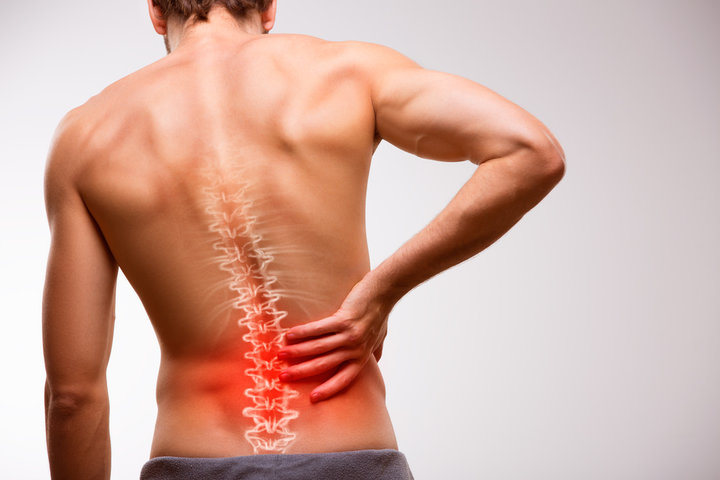A new study from the University of Turku in Finland has found that reducing daily sitting prevents the worsening of back pain over a six-month period. The result strengthens the current understanding of the relationship between activity and back pain and the mechanisms associated with back pain.
Sitting Less During the Day Can Prevent Back Pain
Millions of people suffer from chronic pain, and many have not found a way to relieve their pain. The study by the Turku PET Center and the UKK Institute in Finland investigated whether sitting less each day could prevent or relieve back pain in overweight or obese adults who spend most of their day sitting. The participants were able to reduce their sitting time by an average of 40 minutes per day during the six-month study.
The subjects were normal middle-aged adults who sat a lot, did little exercise and had put on some weight. According to doctoral student and physiotherapist Jooa Norha from the University of Turku in Finland, these factors not only increase the risk of cardiovascular disease, but also of back pain. Previous findings by the same and other research groups suggest that sitting can be detrimental to back health, but the data was preliminary.
Investigating the Mechanisms Behind Back Pain

The researchers also investigated possible mechanisms for the prevention of back pain. However, they were unable to find a link between changes in back pain and changes in fat content or glucose metabolism in the back muscles. People with back pain have excessive fat deposits in the back muscles, and impaired glucose metabolism or reduced insulin sensitivity can lead to pain.
Nevertheless, back pain can be prevented or alleviated even if there are no improvements in muscle composition or metabolism. The researchers used magnetic resonance imaging (MRI) and PET imaging, which is based on a radioactive tracer, to measure back muscles. It is important to note that physical activity, such as walking or brisk exercise, is better than simply standing. The researchers emphasize that it is more important to alternate between postures rather than just looking for the perfect posture.
Study Provides Evidence of More Effective Treatment for Chronic Back Pain
Other ways to help people with chronic back pain are revealed in a study published in JAMA Network Open. The study examined the crucial link between the brain and pain in the treatment of chronic pain. In particular, it looked at the importance of pain attributions, i.e. people’s beliefs about the underlying causes of their pain, in reducing the severity of chronic back pain.
The study’s first author, Dr. Yoni Ashar, assistant professor of internal medicine at the University of Colorado’s Anschutz Medical Campus, and his team investigated whether reattribution of pain to mental or brain processes was associated with pain relief during pain processing therapy (PRT), in which people learn to perceive pain signals sent to the brain as less threatening. Their aim was to better understand how people recover from chronic back pain. The study found that patients reported less back pain intensity after PRT.
To study the effects of pain attribution, the researchers enrolled over 150 adults with moderately severe chronic back pain in a randomized trial to receive PRT. They found that two-thirds of those treated with PRT reported being pain-free or nearly pain-free after treatment, compared to only 20% of placebo controls.
How the brain relates to pain
This study is crucial because patients’ attributions of pain are often inaccurate. The researchers found that very few people believe that their brain has anything to do with their pain. This can be unhelpful and even hurtful when planning recovery, as pain attributions influence important treatment decisions, such as whether surgery or psychological treatment should be considered. Before PRT treatment, only 10% of the causes that participants attributed to PRT treatment were mind or brain related. After PRT, however, this proportion increased to 51%. The study found that the more participants switched to attributing their pain to mental or brain processes, the more the intensity of chronic back pain decreased.
According to the experts, these results show that changing the way we look at the role of the brain in chronic pain can lead to better outcomes and treatment success for patients. The researchers hope that this study will encourage physicians to talk to their patients about the reasons for their pain and discuss causes that go beyond biomedical causes.


